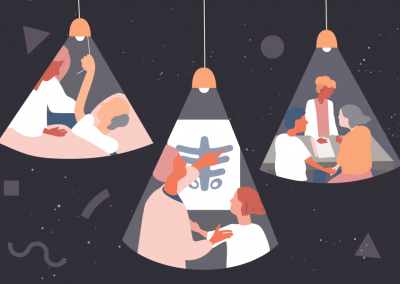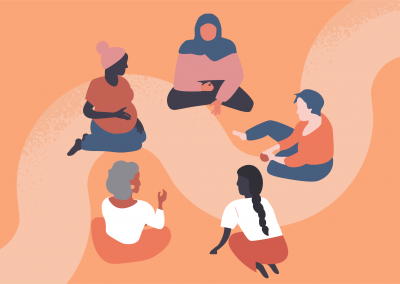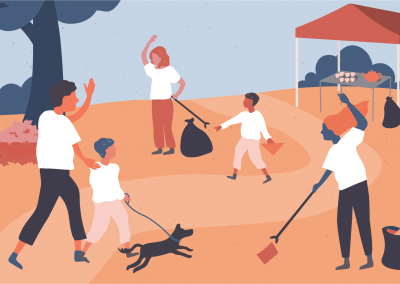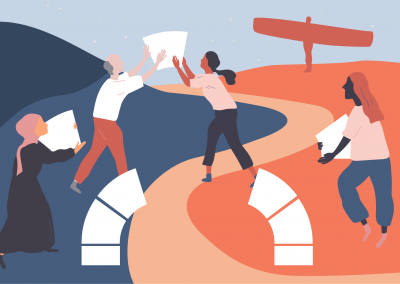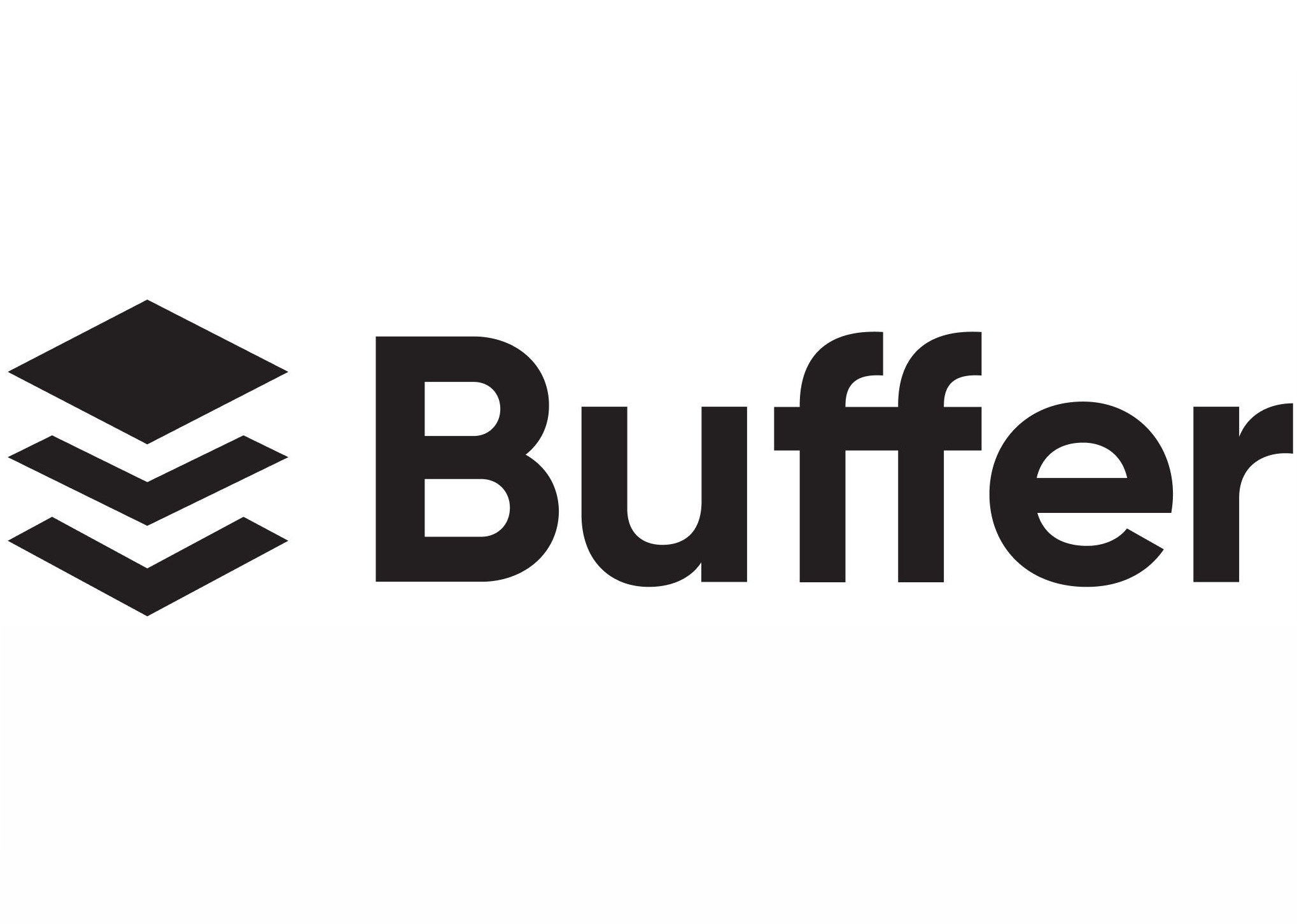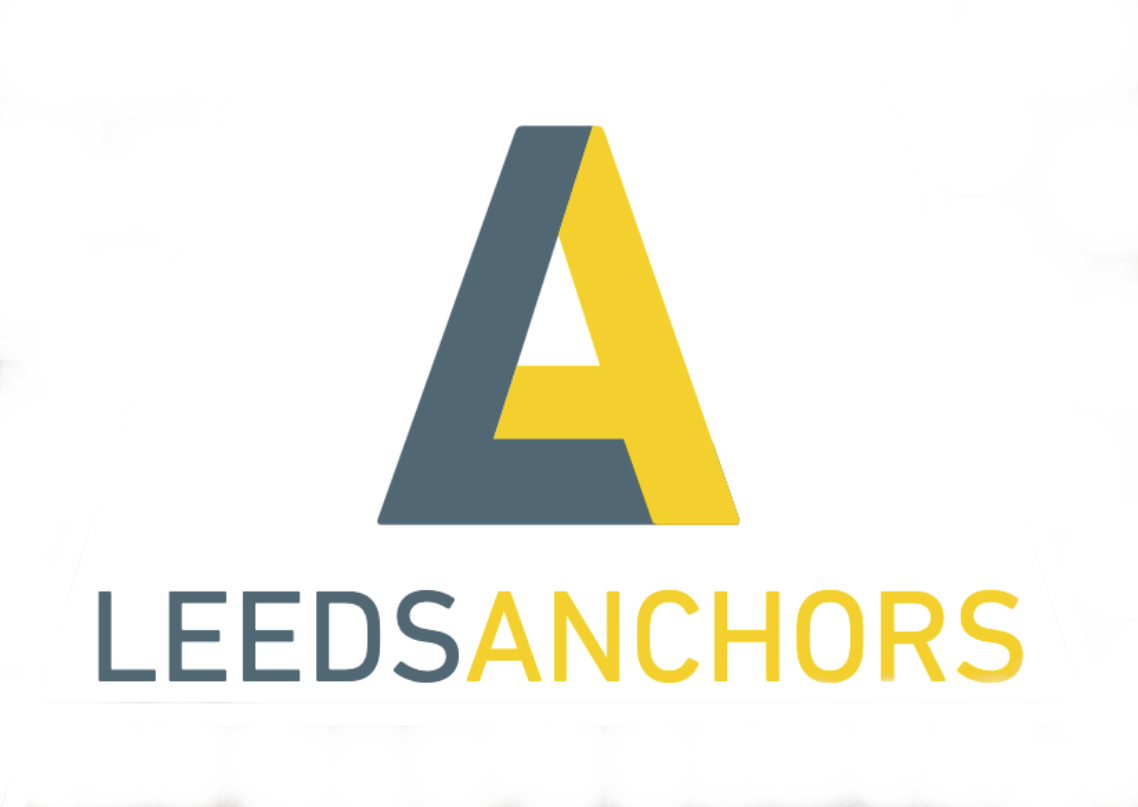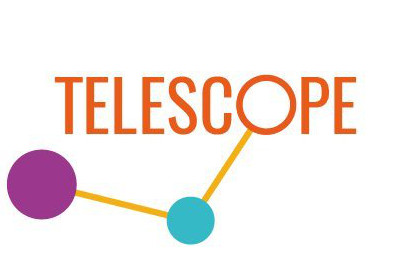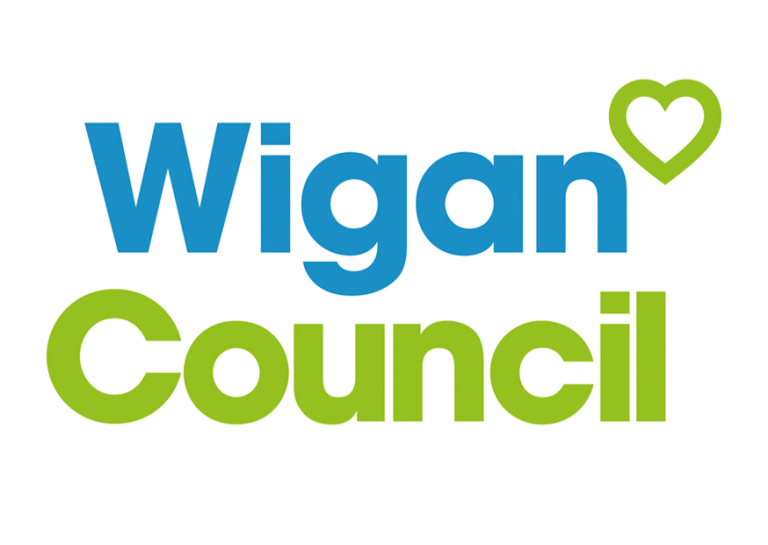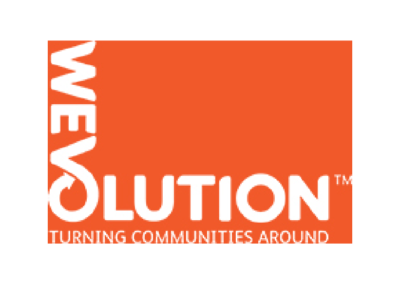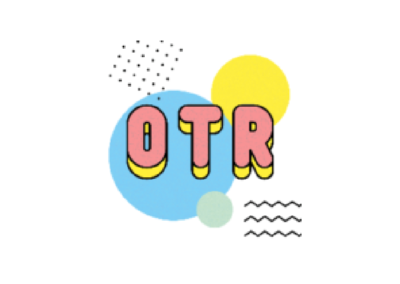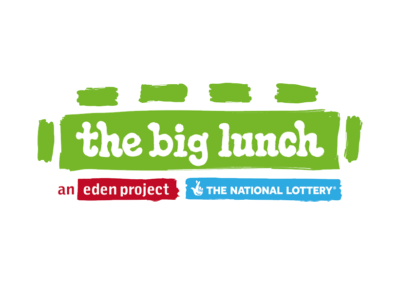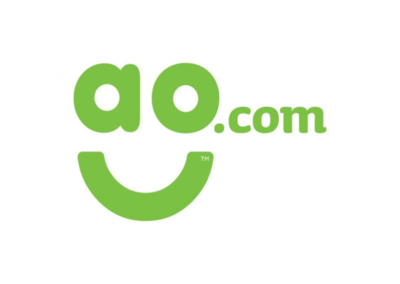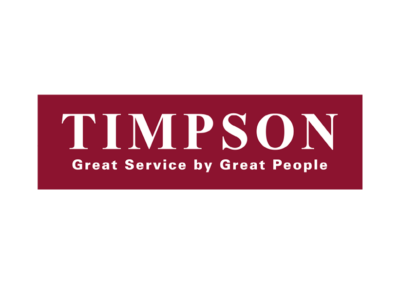Case study: Appliances Online
Prioritising Customer Relationships to Deliver Fantastic Business Success
Introducing AO
Appliances Online (AO) is a British white-goods startup founded in 2000 by John Roberts. It has since grown into an online electronics store with a valuation at IPO of over £1bn, thanks in part to a number of bold strategic decisions centred around AO’s relationship with customers.
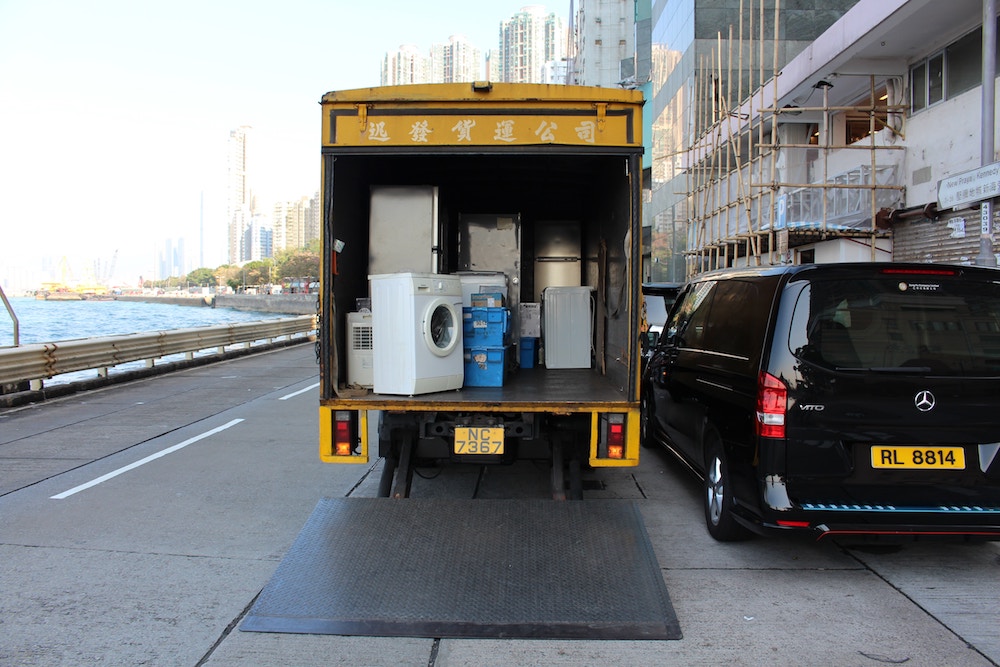
How does AO work?
AO is, to all intents and purpose, a standard online retailer selling and delivering electrical goods. But it is interesting from a relationship perspective because of three pivotal strategic decisions, all of which aimed to improve the customer relationship, meeting customers’ needs at high cost and risk to AO:
1. Next-day delivery on all AO white goods
2. Free returns for any reason within 100 days
3. Freedom to the Customer Service team to do what they felt is right when sorting out customer problems, and to look out for ways to be memorable and thoughtful in the process
What impact is AO having?
Customer satisfaction
Despite initial concerns, it turned out that customers could be trusted with free, no questions returns. In fact, the initiative showed that customers only returned items for two reasons: they had ordered the wrong one, or the item was damaged.
Giving the AO Customer Service team freedom to do what they feel is right when sorting out customer problems also makes for happy customers.
AO is one of only 20 companies to reach over 100,000 ratings on TrustPilot UK.
%
of TrustPilot ratings are either 'great' or 'excellent' placing AO in the top 0.01% of all ranked companies
%
of customer issues are dealt with immediately, with humanity and personality
Staff satisfaction
Alongside greater customer satisfaction, AO’s approach to Customer Service means that staff enjoy greater autonomy and responsibility, and feel able to make a positive difference by bringing warmth, humanity and personality to what is often a rigid, cold negotiation.
Cost savings
As well as increasing custom, AO’s initiatives have realised cost savings. Their returns policy has enabled them to gather insight, resulting in them changing the buying process to minimise ordering mistakes and working at deliveries to eliminate damage. Their approach to Customer Service has enabled them to save money on management costs otherwise arising through supervisors needing to grant permissions to customer-service staff – layers of management were taken out with the savings more than accounting for additional costs from the possible loss of control.

